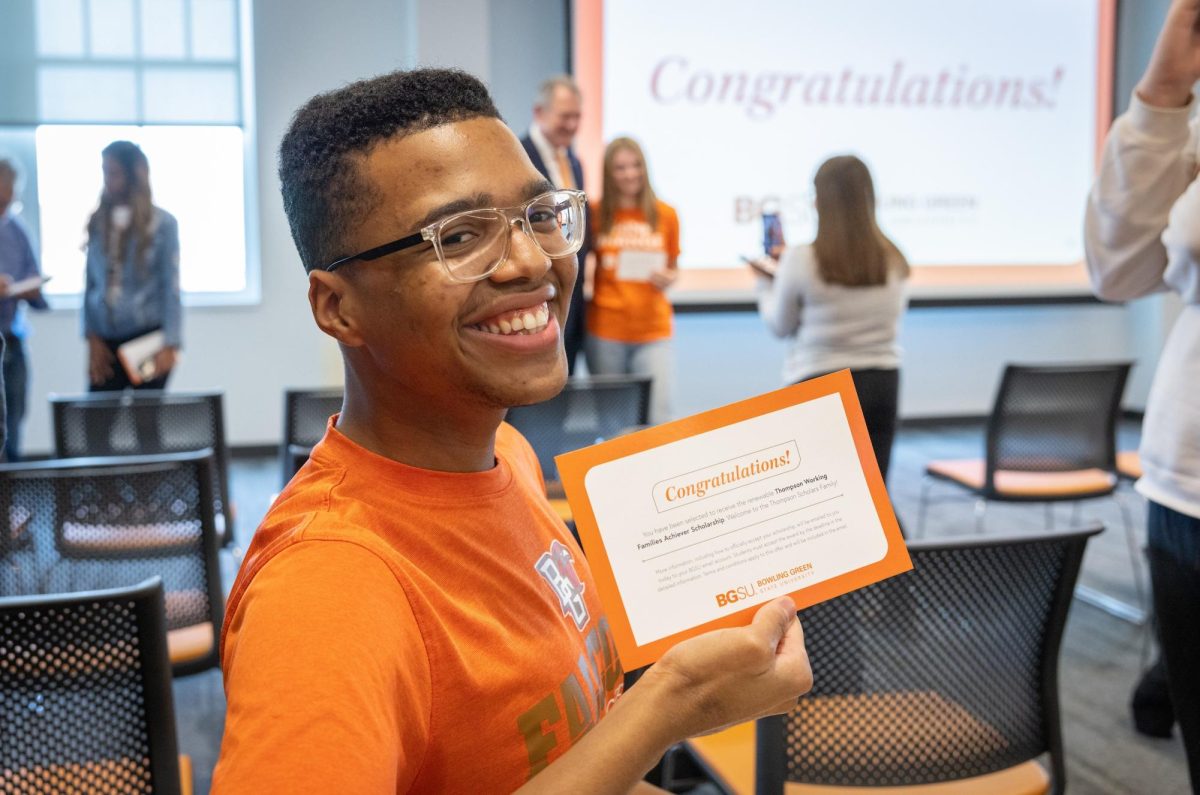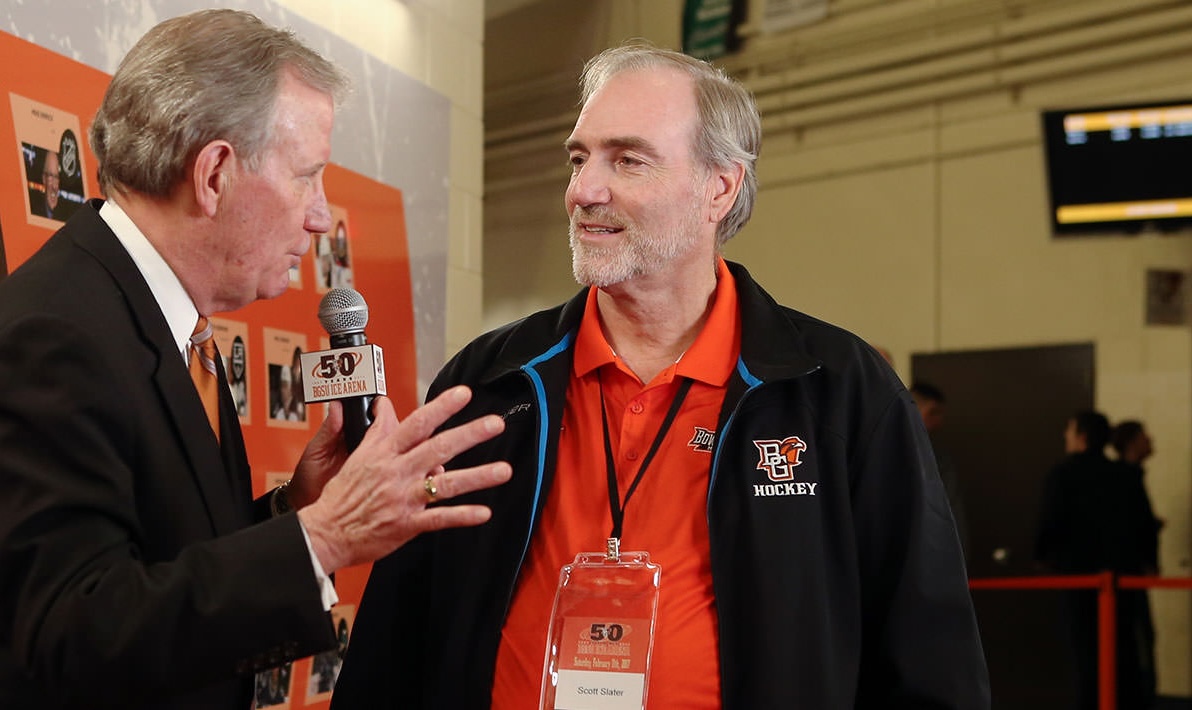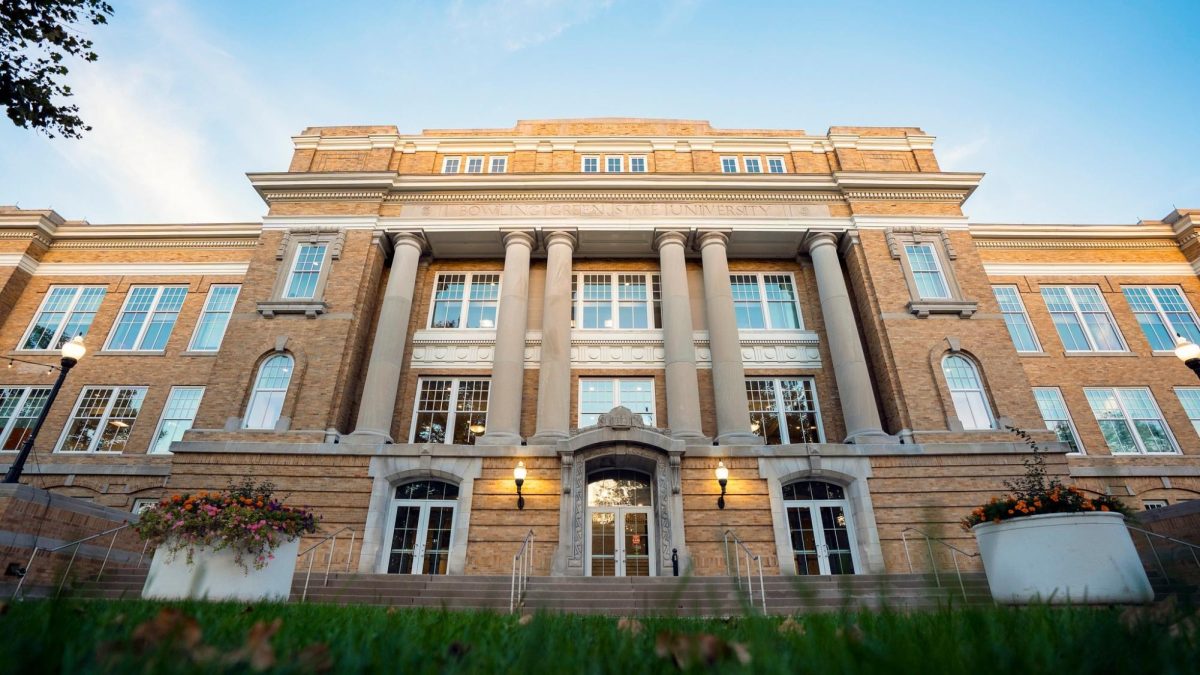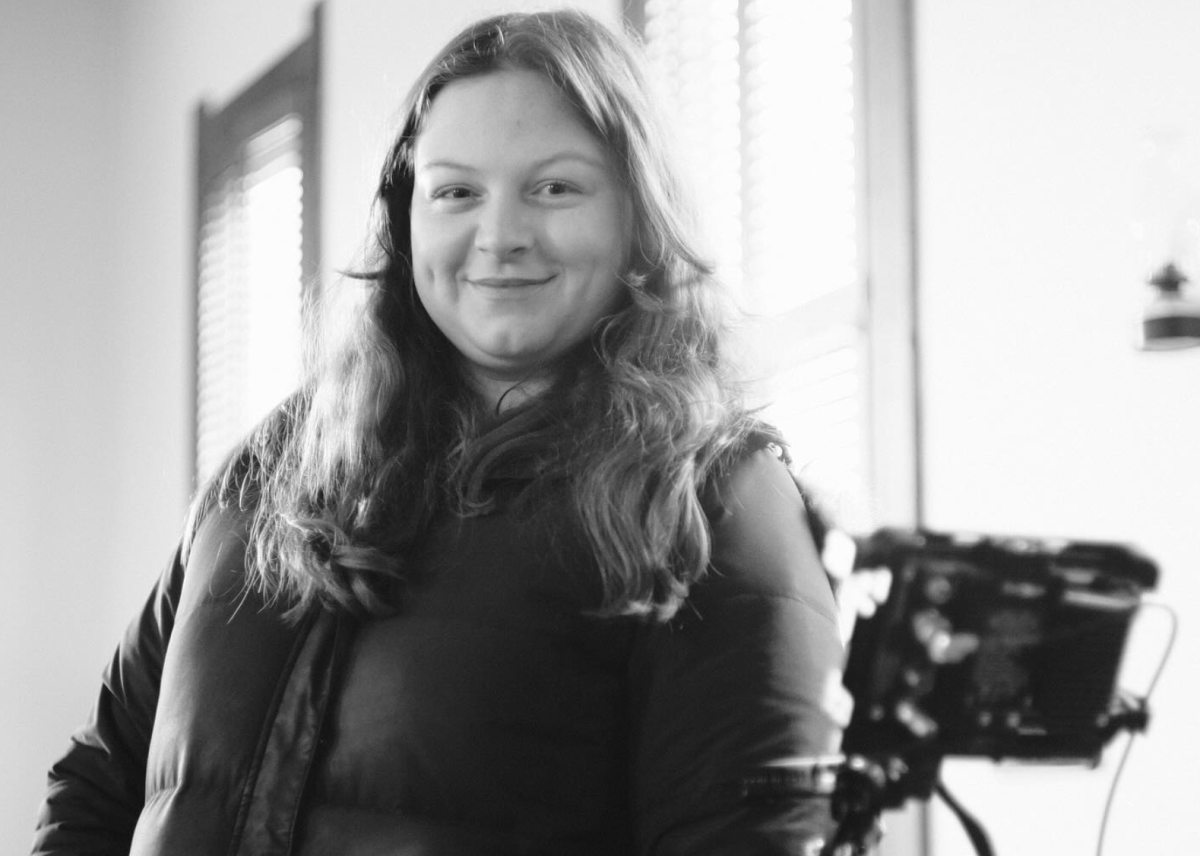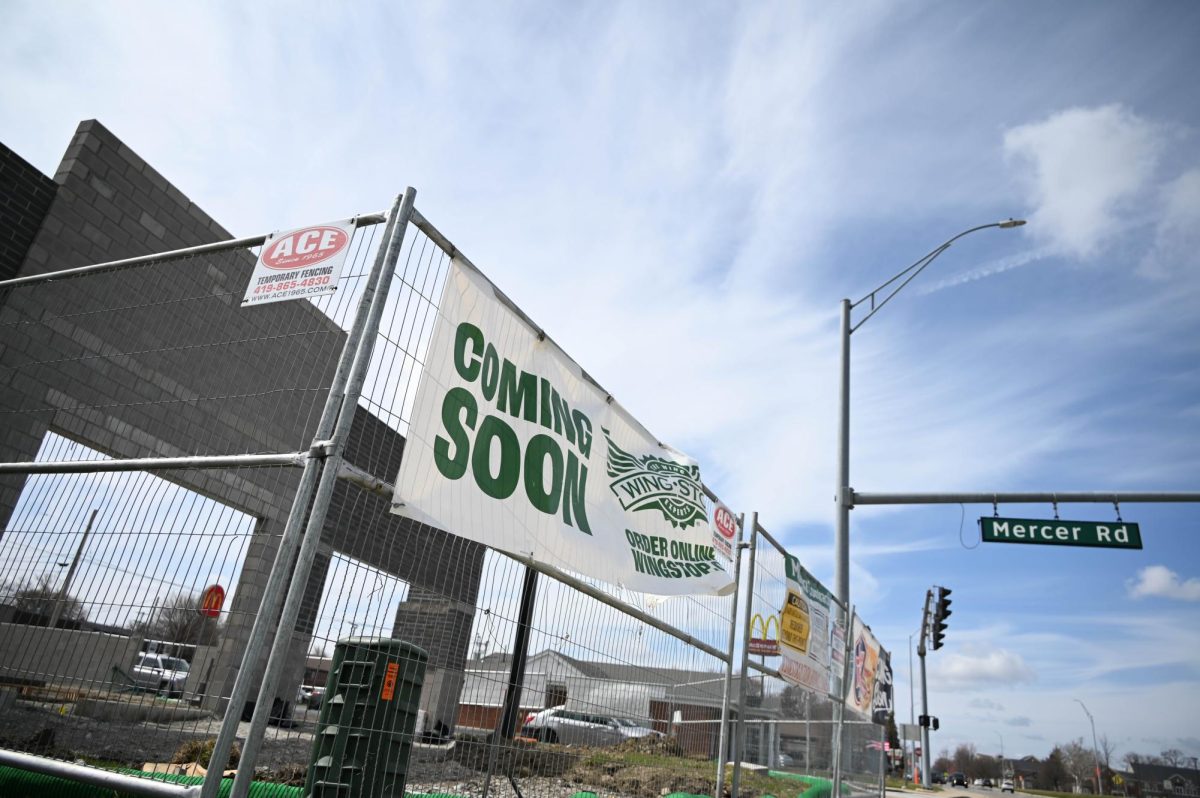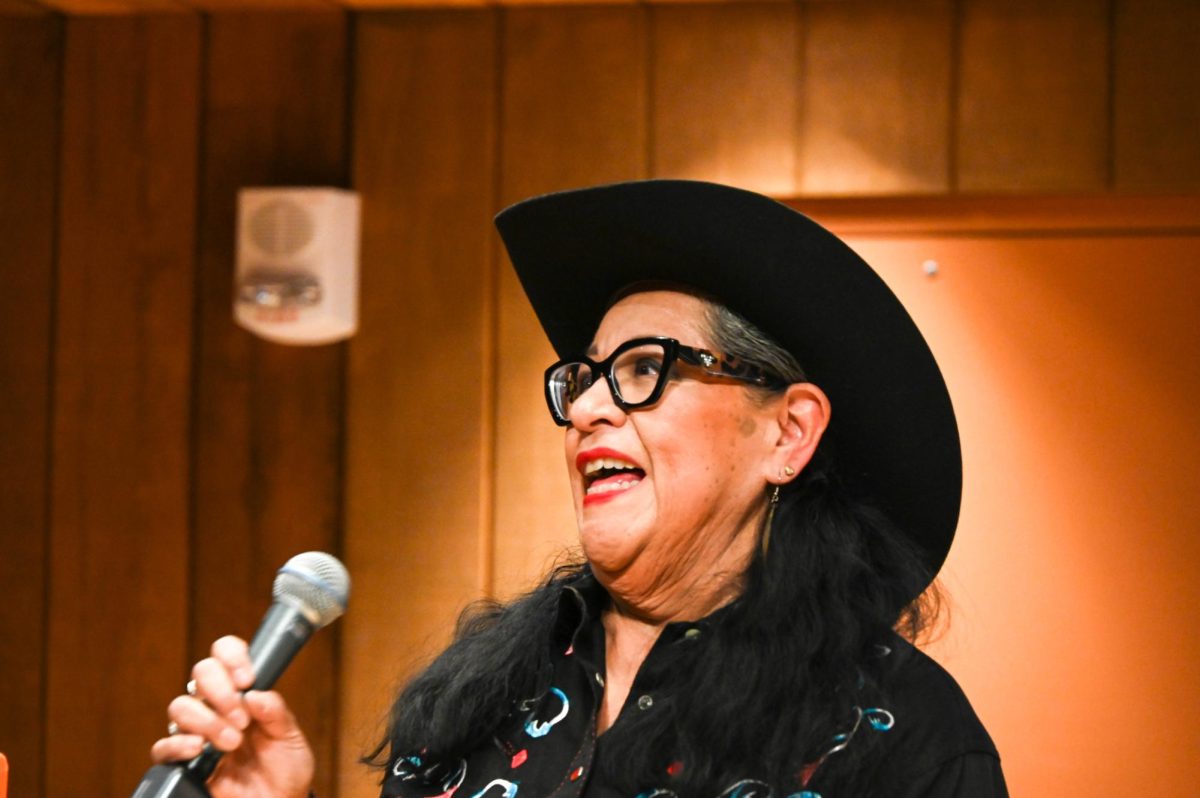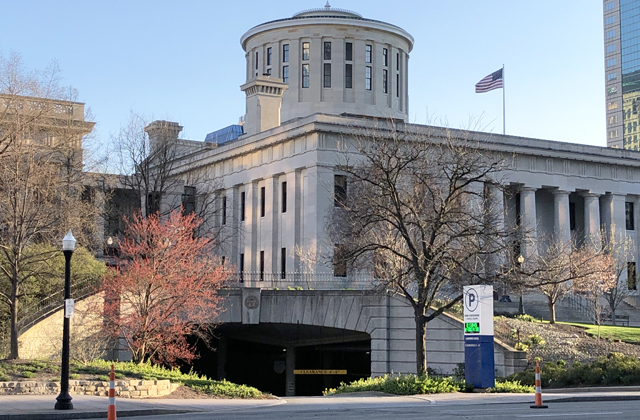The Student Green Initiatives Fund has pledged $500,000 to the University to help it in its commitment to be completely powered by sustainable energy by 2040.
The funds will be used to implement solar panels on campus. Right now, a company is assessing how the panels will be most effective in saving energy in terms of placement. When that is done, the next steps will be to talk with the city for the cost of the energy and then put the plan out for bid.
“The total cost for this project will be about $5 to $8 million,” Bruce Meyer, Interim Vice President for Capital Planning said. “We have a tremendous amount of support from the students. This pledge from the Student Green Fund has allowed us to start this progress.”
President Mary Ellen Mazey agrees the support from University students is a part of Bowling Green’s brand.
“According to the Princeton Review Guide to Green Colleges, we’re always ranked. I think that it’s part of our reputation and brand now,” Mazey said. “Students have the choice to opt in or out of contributing to the Green Fund, but between the mid-80s and low 90s, choose to opt in, which is pretty remarkable when you think about it. It shows the commitment of the students.”
The University is currently working to obtain funding for an assessment for a solar array. The cost of the assessment will likely come in the first few months of 2018.
Other ways the University is working on becoming more sustainable is by implementing air conditioning units called chiller plants. There are currently three on campus, with one in the Centrex, one in Olscamp Hall and one in Conklin Hall, which reach a total of fifteen buildings to maximize energy efficiency.
“The chillers connect four to five buildings. We’ve strategically located them because we want to maximize the efficiency,” Meyer said. “If you go back 30 or 40 years, each building had its own chiller, and it was highly inefficient with our multiple buildings on campus.”
The University also utilizes building automation systems, which allows them to control temperatures of classrooms. They have taken down buildings that had high building costs, which frees up money for future projects like new buildings.
“We’ve gotten rid of buildings that have very high maintenance and energy costs. That money saved can be spent on upgrading other buildings on campus that are of higher quality, have more utilization of classrooms and are energy efficient,” Meyer said.
As the University becomes more mindful about its energy efficiency, it can be rewarded financially from the state.
“At the state level, they look at this maximization of energy, which would allow the school more money,” Mazey said. “If you’re keeping (the buildings) up to date, it’s only a win for us.”
Mazey and Meyer realize the future of sustainability is an important topic and one that will affect the University for years to come.
“We have to be very futuristic. We can’t just plan for the next three years ahead. we have to think about what the campus will look like ten years from now,” Mazey said.


